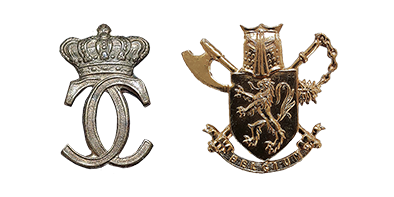Legitimisation by the Security Council
After the outbreak of hostilities on 25 June 1950, the UN Security Council made several appeals to North Korea to withdraw its forces. These appeals remained unanswered. In the absence of the USSR's representative, the Council recommended that the UN member countries provide military contingents to repel the communist invasion. 21 countries, including the Grand Duchy of Luxembourg, agreed to provide military, medical and economic aid.
Luxembourg's contribution
A co-founder of the United Nations in 1945, having joined the Brussels Pact (1948) and NATO (1949), Luxembourg abandoned its political neutrality on 28 April 1948 following a revision of its Constitution. It could therefore respond favourably to the Security Council's appeal. With its conscript army introduced in 1944, the country committed itself to providing a platoon of volunteers enlisting for one year. Unable to face the military and logistical challenges of such a mission alone, Luxembourg asked for the Belgian government’s support. On 5 September 1950, the latter agreed to integrate some 50 Luxembourgish volunteers into the “Volunteer Corps for Korea”.





